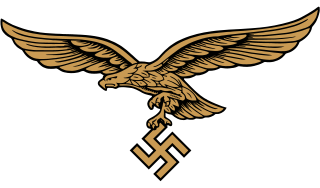
Walter Nowotny was an Austrian-born fighter ace of the Luftwaffe in World War II. He is credited with 258 aerial victories—that is, 258 aerial combat encounters resulting in the destruction of the enemy aircraft—in 442 combat missions. Nowotny achieved 255 of these victories on the Eastern Front and three while flying one of the first jet fighters, the Messerschmitt Me 262, in the Defense of the Reich. He scored most of his victories in the Focke-Wulf Fw 190, and approximately 50 in the Messerschmitt Bf 109. Nowotny scored an "ace in a day" on multiple occasions, shooting down at least five airplanes on the same day, including two occurrences of "double-ace in a day" in the summer of 1943.

Jagdgeschwader 52 was a German World War II fighter-wing that exclusively used the Messerschmitt Bf 109 throughout the war. The unit originally formed near Munich in November 1938, then moved to a base near Stuttgart. JG 52 became the most successful fighter-wing of all time, with a claimed total of more than 10,000 victories over enemy aircraft during World War II. It was the unit of the top three scoring flying aces of all time, Erich Hartmann, Gerhard Barkhorn and Günther Rall.

Hermann Graf was a German Luftwaffe World War II fighter ace. He served on both the Eastern and Western Fronts. He became the first pilot in aviation history to claim 200 aerial victories—that is, 200 aerial combat encounters resulting in the destruction of the enemy aircraft. In about 830 combat missions, he claimed a total of 212 aerial victories, almost all of which were achieved on the Eastern Front.

Jagdgeschwader 5 was a German Luftwaffe fighter wing during World War II. It was created to operate in the far North of Europe, namely Norway, Scandinavia and northern parts of Finland, all nearest the Arctic Ocean, with Luftflotte 5, created specifically to be based in occupied Norway, and responsible for much of northern Norway.
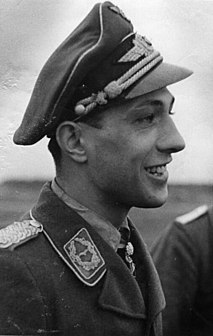
Erich Rudorffer was a German Luftwaffe fighter ace who was one of a handful who served with the Luftwaffe through the whole of World War II. He was the 7th most successful fighter pilot in the history of air warfare, with 222 victories claimed. Rudorffer fought in all the major German theaters of war, including the European and Mediterranean Theater of Operations and the Eastern Front. During the war he flew more than 1000 combat missions, engaging in aerial combat over 300 times. Rudorffer was shot down by flak and enemy fighters 16 times and had to take to his parachute nine times.

Dietrich "Dieter" Hrabak was a German Luftwaffe military aviator and wing commander during World War II. Following the war, he became a Generalmajor in the German Air Force of West Germany. As a fighter ace, he claimed 125 enemy aircraft shot down in over 1000 combat missions. The majority of his aerial victories were claimed over the Eastern Front with 16 claims over the Western Allies.
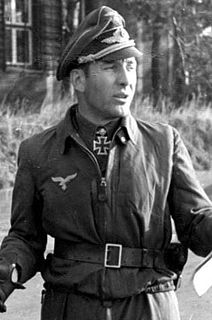
Theodor Weissenberger was a German Luftwaffe military aviator during World War II and a fighter ace credited with 208 enemy aircraft shot down in 375 combat missions. The majority of his victories were claimed near the Arctic Ocean in the northern sector of the Eastern Front, but he also claimed 33 victories over the Western Front. He claimed eight of these victories over the Western Allies while flying the Messerschmitt Me 262 jet fighter.
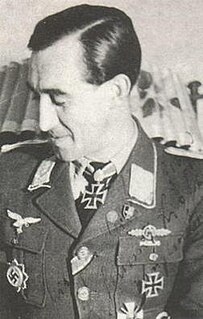
Helmut Lipfert was a German Luftwaffe fighter ace and recipient of Knight's Cross of the Iron Cross with Oak Leaves. Lipfert ranks as the world's thirteenth fighter ace. Lipfert was credited with 203 victories achieved in 687 combat missions. All his victories were claimed over the Eastern Front and included a P-51 Mustang, 41 Yakovlev Yak-1, 41 Yakovlev Yak-9 fighters, two four-engine bombers and 39 Ilyushin Il-2 ground-attack aircraft. He was shot down fifteen times, without being injured.
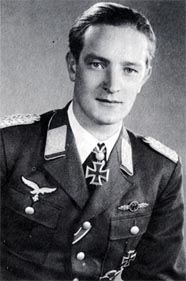
Friedrich-Karl "Tutti" Müller was a German Luftwaffe military aviator and wing commander during World War II. As a fighter ace, he is credited with 140 aerial victories claimed in more than 600 combat missions. He claimed eight aerial victories during the Battle of France, 89 on the Eastern Front, and further 43 victories against the Western Allies in the Mediterranean Theatre and in Defense of the Reich, including 24 four-engined bombers.

Emil Lang, nicknamed "Bully", was a Luftwaffe flying ace during World War II. A flying ace or fighter ace is a military aviator credited with shooting down five or more enemy aircraft during aerial combat. Lang was credited with 173 aerial victories—144 on the Eastern Front, 29 on the Western Front—and one Soviet MTB sunk in 403 combat missions.
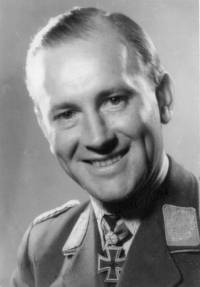
Johannes Wiese was a German Luftwaffe pilot during World War II, a fighter ace credited with 133 enemy aircraft shot down in 480 combat missions. He claimed all of his victories over the Eastern Front, including over 50 Ilyushin Il-2 Shturmovik ground attack aircraft.
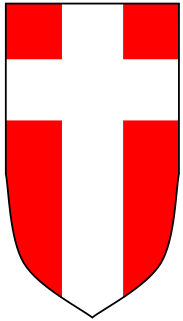
Jagdgeschwader 101 was a Luftwaffe fighter-training-wing of World War II.
Luftflotte 3 was one of the primary divisions of the German Luftwaffe in World War II. It was formed on 1 February 1939 from Luftwaffengruppenkommando 3 in Munich and redesignated Luftwaffenkommando West on 26 September 1944. This Luftwaffe detachment was based in German-occupied areas of Northern France, the Netherlands, Belgium, and Vichy France, to support the Axis power's forces in area. Its command offices were in Paris, France.
Josef Zwernemann was born on 26 March 1916 in Kirchworbis in the Province of Thuringia. During World War II he served as a fighter pilot in German Luftwaffe. He was also a recipient of the Knight's Cross of the Iron Cross with Oak Leaves. The Knight's Cross of the Iron Cross and its higher grade Oak Leaves was awarded to recognise extreme battlefield bravery or successful military leadership.
Ergänzungs-Jagdgruppe Ost was a fighter pilot training unit of the German Luftwaffe in World War II. It was formed on 27 January 1942 in Krakau and renamed Jagdgruppe Ost on 25 November 1942. Its main purpose was to provide specialized training for new fighter pilots destined for the Eastern Front. Training was provided by experienced Eastern Front veterans, who were rotated in and out of this unit.
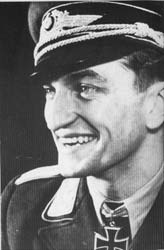
Heinz Wernicke was a Luftwaffe World War II fighter ace and was credited with 117 aerial victories—that is, 117 aerial combat encounters resulting in the destruction of the enemy aircraft. He was also a recipient of the Knight's Cross of the Iron Cross, the highest award in the military and paramilitary forces of Nazi Germany during World War II. Wernicke was killed in a mid-air collision with his wingman on 27 December 1944.
Gerhard Hoffmann was a Luftwaffe flying ace of World War II credited with 130 shootdowns. He was also a recipient of the Knight's Cross of the Iron Cross.
5th Fighter Division was one of the primary divisions of the German Luftwaffe in World War II. It was formed in June 1943 and subordinated to the 12th Air Corps. The Division was reorganised as 7th Fighter Division on 15 September 1943 and reformed again the same day in Paris and subordinated to the 2nd Fighter Corps. The unit was relocated to Karlsruhe-Durlach in October 1944 and subordinated to Luftwaffenkommando West. The division was redesignated to 16th Air Division on 26 January 1945.
The German Luftwaffe of the Wehrmacht had seven Jagdfliegerschulen or Fighter Pilot Schools.

Zerstörergeschwader 1 was a Luftwaffe heavy/destroyer Fighter Aircraft-wing of World War II.
